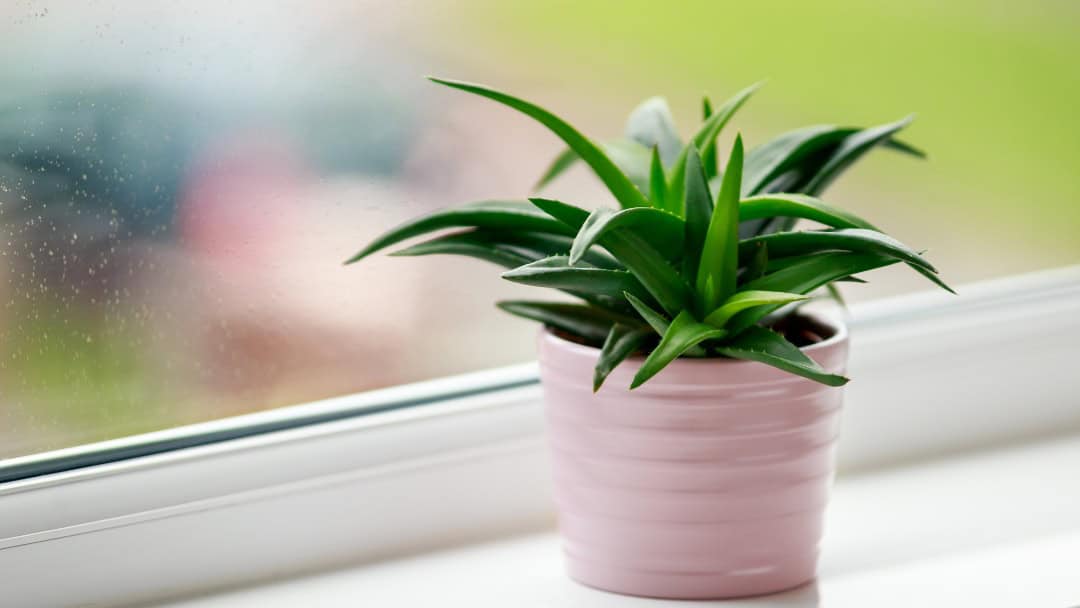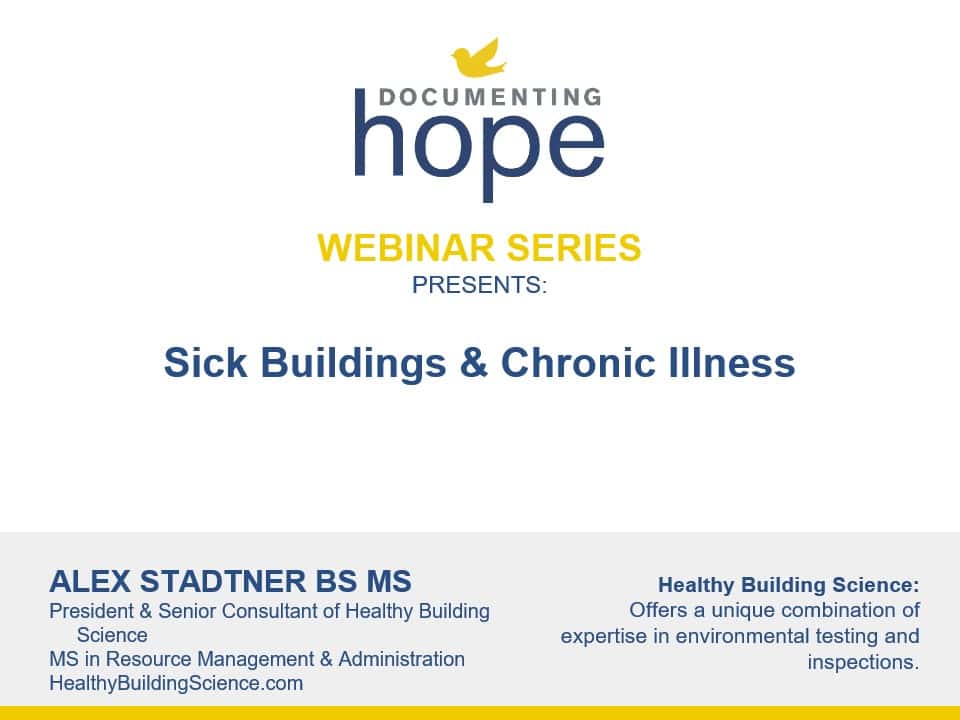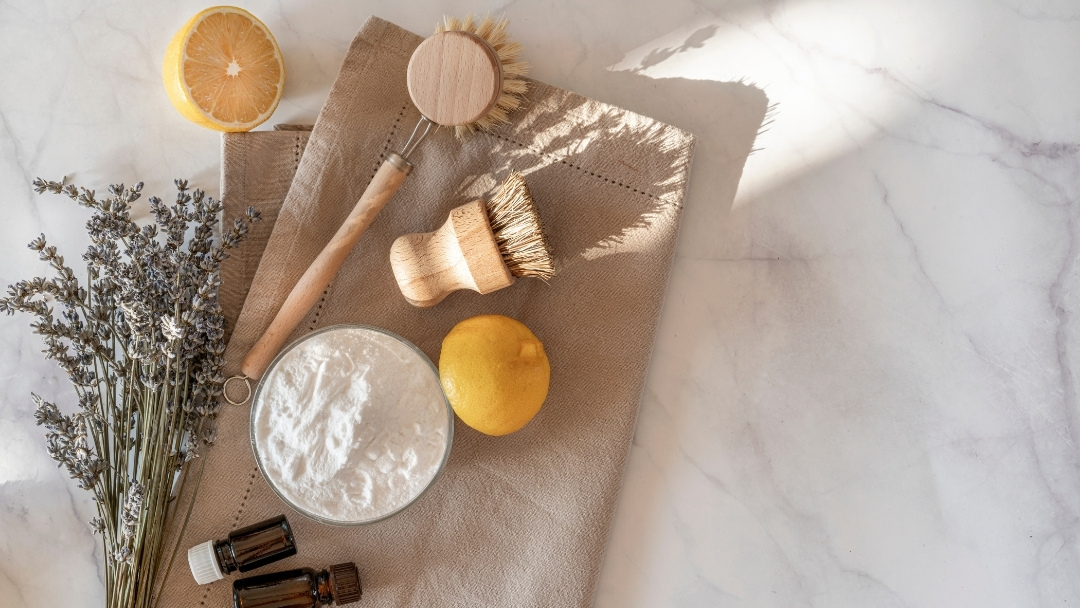Is Home Air Quality Important?
There is nothing more repugnant than stepping outside of your home into an environmentally unsafe air quality where you live. Air quality affects everyone but especially those who are environmentally sensitive and have compromised immune systems.
When faced with poor air quality, some people will move to another location, grin and bare it or just don’t notice it at all. But what about the environmentally unsafe air quality inside your home? Poor air quality in your home is much more prevalent that one may think. Not many of us realize that poor air quality inside our homes can contribute to chronic health conditions. Let’s talk about how to improve the air quality in your home.
What Compromises Air Quality in Our Homes?
Following are things that may be contributing to poor air quality in your home.
Cleaning Products
There are most likely many sources of chemicals within our homes that most people do not even think they might have especially if you don’t read labels on what you purchase. Toxic chemicals can come from:
- Cleaning products
- Paints
- Items in the garage for outdoor use
- Air fresheners
- Offgassing furniture
- Offgassing floor materials
- Fertilizers
- Pesticides
Toxic products may contain volatile organic compounds (VOCs), fragrances, irritants and even inflammable ingredients that all can be airborne. Here’s a list of chemicals that may be in your home and can have a profound effect on the air quality in your home and on your health:
- Ammonia, which irritates the skin, lungs and throat and may cause bronchitis and asthma
- Chlorine (bleach), which can be toxic to humans and is found in detergents, disinfects and toilet bowl cleaners
- Sodium hydroxide, which is a caustic soda used to dissolve grease and fats and can burn the skin
- 2-butoxyethanol, which is the chemical fragrance found in window cleaners. It can causes headaches, nausea and vomiting
- Quaternary ammonia compounds, which are disinfectants acids that irritate the skin, eyes, nose, throat, lungs and gastrointestinal issues
- Isopropyl alcohol, which can cause headaches, confusion, diarrhea, vomiting, rash, itchiness, pain, coughing, shortness of breath, wheezing, and low blood pressure
Cigarette or Cigar Smoke
Even if you aren’t a smoker, if someone else is smoking inside your home, their secondhand smoke can be a stressor on the body that contributes to chronic health conditions, including asthma.
Building Materials
Building materials are also a huge source of toxicity in a home – especially a newly built home. Common sources of toxins from building materials are:
- Asbestos
- Lead
- Flame retardants
- Chromated copper arsenate
- Mercury
- Cadmium
- Other heavy metals
- Formaldehyde
- Phthalates
- Pesticides
- Fiberglass
- Volatilte Organic Compounds (VOCs)
- Spray foam
- Glues
If you buy a new home, airing it out daily is one of the best solutions. If you buy a used home, check for toxic building materials left in the basement in an obscure location.
Household Supplies
There are many simple household items that can be very toxic to the air quality in your home such as:
- Hair spray
- Cleaning fluid
- Deodorant
- Air cleaner
- Nail polish
- Nail polish remover
- Automotive products
- Batteries
- Mercury thermometers
- Fluorescent light bulbs
- Kerosene
- Propane and other cooking gas
- Lighter fluid
- Painting supplies
- Woodworking supplies
There are many alternative solutions on the market that are safe, environmentally clean and nonhazardous so as not to be problematic to your family’s health, especially with long-term usage.
Pesticides
Lawn and garden products that consist of herbicides and insecticides as well as pesticides used indoors to kill rodents and insects are very toxic to humans. Long-term effects can impact the young developing brain, as well as the human neurological, endocrine and nervous systems. Pesticides are known endocrine disruptors and one of the numerous contributing factors to:
- Autism spectrum disorders
- ADHD
- Allergies
- Infertility
- Diabetes
Radon
Radon is an odorless gas that has been found to leak through the foundation cracks in basements of homes. This gas harbors in the basement of homes, decays into radioactive particles, and then gets trapped in the lungs as a person breathes. Over a lifetime, it is possible that for some people this can lead to lung cancer. A radon kit is the only way to determine if you have this dangerous gas in your home.
Carbon Monoxide
Carbon monoxide is an odorless gas often known as the “silent killer” because, without suspecting its presence, this gas can kill very quickly which is why most homes have carbon monoxide detectors (or at least they should). There are many sources in the home that can emit this gas such as fuel-burning appliances, motor vehicles, lawn equipment, generators, grills, propane heaters and tobacco smoke.
Mold and Mycotoxins
Mold is probably the worst nightmare for any homeowner. It’s a type of fungus that grows in a warm, damp and wet environment and produces spores, so it multiplies very easily. It grows in basements or on the inside of walls and especially in bathrooms if they remain wet and moist.
Some common types of molds are Aspergillus, Penicillium, Fusarium and Stachybotrys. All molds produce toxic chemicals which are called mycotoxins, and they can be found indoors in damp environments and even in foods such as grains, nuts and fruits.
If you suspect mold, it’s best to have professionals come in to remove it. Keep your home dry so to not encourage the growth of mold. Using an air purifier is very helpful in these cases.
Mold and mycotoxin illness is one of the root causes behind debilitating conditions such as Lyme disease, autism, PANS/PANDAS, autoimmune conditions and other intractable chronic health conditions. The existence of it in your house should be taken with the utmost seriousness, and we encourage you to learn more about identifying mold and water damage in your home.
Solutions for Improving Your Home’s Air Quality
How do we improve the air quality in the home to prevent these toxic elements from taking over?
Plants
Besides their aesthetic presence, plants have a very important role in keeping the home air quality clean. Through photosynthesis, plants emit oxygen, which purifies the air, releases moisture and cools the air. Spider plants, peace lily, aloe vera, sword fern, snake plants can all remove indoor toxins such as formaldehyde, benzene and ammonia, and English ivy can remove airborne mold.
Open the Windows
Opening windows from one side of the house or apartment to the other side is a time-honored technique for creating a draft that exchanges stale, stuffy air for fresh air. In Germany, this practice is called lüften.
Air Filters
Another modality to help with air quality is to use air filters in the home with an HVAC (heating and air conditioner). There are different types of filters such as:
- HEPA (Hight Efficiency Particulate Air) filters can remove mold and small particles
- Carbon filters remove odors and gaseous pollutants
- Pleated filters trap small particles and dust on their surfaces
Besides reducing the wear and tear on the HVAC system, air filters are energy efficient, thus helping you to save on utility bills. Air filters most importantly help improve the air quality and therefore reduce allergens for individuals suffering from allergies, asthma, COPD and other respiratory ailments.
Air Purifiers
For added protection ,having an air purifier in the home is so essential. The air purifier will make your home smell clean, and the air will be very light. An efficient air purifier will immediately absorb bad odors and toxic air quality. There are many different types of air purifiers such as medical grade HEPA purifiers and UV and ionization air purifiers:
- Rabbit Air is a HEPA purifier that traps and reduces airborne particles larger than one micron in size such as pollen, mold and pet dander
- Austin Air has a specialized HEPA air filter that works in damp environments and can remove almost 99.97% of airborne contaminants including mold spores
- Uhoo Air produces the iAdapt Air, which utilizes three methods of filterless sterilization and odorless reduction.
- Ultraviolet (UV) light breaks down the DNA of germs and other biological contaminants
- Advanced Hydrated Photocatalytic Oxidation (AHPCO) reduces surface-born mold, mycotoxins, bacteria and viruses with ionization technologies
- Bi-polar ionizations, which is the emission of positive and negative ions, destroys contaminants that cause mold spores and pollen to drop from the air
Air Quality Monitoring
The best way for any homeowner or apartment dweller to monitor the air quality in their house is to monitor it with the right device. Any given day can be totally different from the day before for whatever environmental reason, so it’s best to control the air quality in your home with a monitoring device. These devices are designed to be able to measure the level of pollutants, contaminants, chemicals, toxins, waste products and poisons within the environmental conditions of the home. For example, these monitors can track the particulate matter, VOCs, carbon dioxide, temperature and the humidity of the indoor air quality. They also can collect data to help improve ventilation, control pollution sources and continuing to improve the maintenance of HVAC systems.
About Teresa Badillo
In the 1980s she worked overseas in Rome, Italy at the Japanese Embassy in the office of the United Nations (FAO) as a speech writer. She also began her long journey in alternative healing while living in Rome.
After moving to New York and while raising her family of seven children, Teresa embarked on a mission to find alternative non-invasive biomedical, therapeutic, sensory and educational solutions for autism after the diagnosis of her son in the early 1990s.

She won a court case in 1995 against the Rockland County School District in New York to enable ARC Prime Time for Kids to be the first school using Applied Behavioral Analysis teaching method for autism that was paid for by the Rockland County School District. The following year she was instrumental in getting the New York Minister of Education to approve an extension of the ARC license from 5 to 21 years.
She has worked over the years in a number of alternative medical practices with doctors and practitioners organizing various biomedical intervention options for children with autism. Since the mid 1990s, Teresa has served on several boards:
- Foundation for Children with Developmental Disabilities
- The Autoimmunity Project
- Developmental Delayed Resources
- Epidemic Answers
She continues to consult and advise parents on all different areas of autism especially nutritional protocols. Since 2006 she has worked with NutraOrgana, LLC and BioCellular Analysis Testing. She currently researches, writes the newsletter and blogs Teresa’s Corner for The Autism Exchange (AEX). She also writes blog posts and pages for Documenting Hope.
Still Looking for Answers?
Visit the Documenting Hope Practitioner Directory to find a practitioner near you.
Join us inside our online membership community for parents, Healing Together, where you’ll find even more healing resources, expert guidance, and a community to support you every step of your child’s healing journey.
Sources & References
Campbell, A.W., et al. Molds, Mycotoxins, the Brain, the Gut and Misconceptions. Altern Ther Health Med. 2022 Mar;28(3):8-12.
Ehsanifar, M., et al. Mold and Mycotoxin Exposure and Brain Disorders. J Integr Neurosci. 2023 Oct 17;22(6):137.
Kraft, S., et al. Mold, Mycotoxins and a Dysregulated Immune System: A Combination of Concern? Int J Mol Sci. 2021 Nov 12;22(22):12269.
Manisalidis, I., et al. Environmental and Health Impacts of Air Pollution: A Review. Front Public Health. 2020 Feb 20:8:14.
Pietraru, R.D., et al. Reengineering Indoor Air Quality Monitoring Systems to Improve End-User Experience. Sensors (Basel). 2024 Apr 22;24(8):2659.
Resources
Articles
Mold & Mycotoxins Illness. Peak Integrative Medicine.
Shah, Poojah. ‘Luften’ Is The German Practice We All Should Be Doing In The Winter. HuffPost, 31 Jan 2025.







